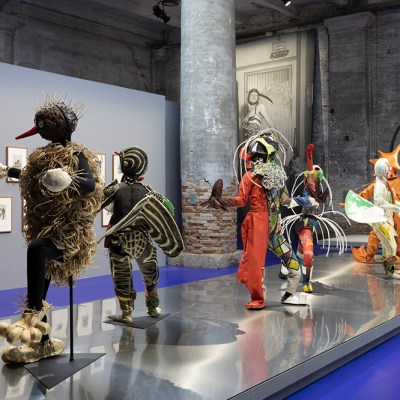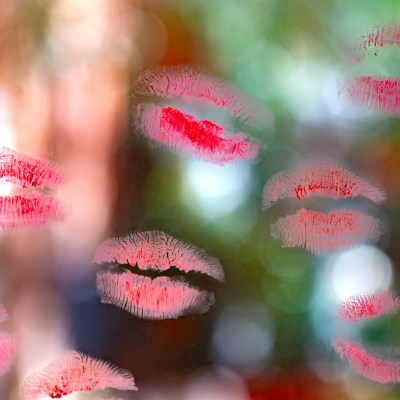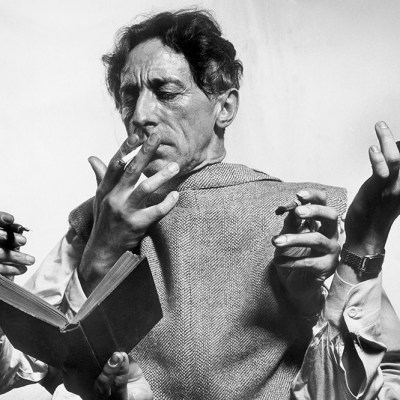Language is slippery, and for an exhibition of visual art, the 60th Venice Biennale is unusually preoccupied with the stuff. Helmed this year by the Brazilian curator Adriano Pedrosa, the central exhibition borrows its title from a neon text work by Claire Fontaine: Foreigners Everywhere (2004–). Of British origin and currently based in Palermo, Claire Fontaine is not a person but a collective named after a brand of stationery. The phrase ‘Foreigners Everywhere’ was in turn borrowed from Stranieri Ovunque, a Torinese anarchist group. Their translation betrays a choice: ‘strangers everywhere’ is arguably closer to the Italian, but ‘foreigners everywhere’ places its weight on national identity, with the potential to be used both as a complaint and a rallying cry. The work itself teases at the slippage of meaning that occurs in translation, with the coloured neon of the installation displaying incarnations of the phrase in a growing number of languages.
That this apparently simple work and the artists behind it invite so much contextualisation is emblematic of the Biennale’s central exhibition as a whole. Nothing is here as art qua art – everything is performing for an agenda. No artist is permitted release from the particulars of their identity, for it is here that Pedrosa’s interest lies: in the deracinated, the estranged, the colonised, the marginalised and the excluded. The work of Indigenous and folk artists is brought to the fore. Historically belittled media such as textiles dominate. Artists of the Global South are prioritised. The lives of those imperilled or outlawed for their sexual or gender identity are celebrated.
Installation view of Foreigners Everywhere (2004–) by Claire Fontaine at the 2024 Venice Biennale. Photo: Marco Zorzanello; courtesy La Biennale di Venezia
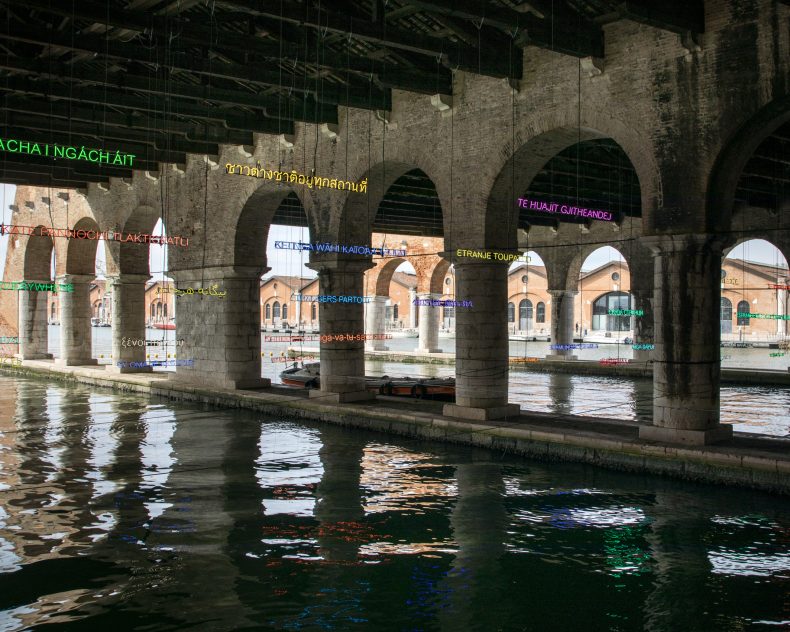
At times the results are transporting. The Arsenale is topped and tailed by two thrillingly atmospheric installations. Woven on site by the Maori collective Mataaho, the spectacular canopy Takapau (2022) occupies the entire opening gallery. The structure, which is constructed from nylon cam straps, is precise and geometric. Shrouding the room in dramatic gridded shadows, it recasts the entrance as a space of spiritual transition, inviting visitors from one realm into another.
Installation view of Takapau (2022) by Mataaho Collective at the 2024 Venice Biennale. Photo: Marco Zorzanello; courtesy La Biennale di Venezia
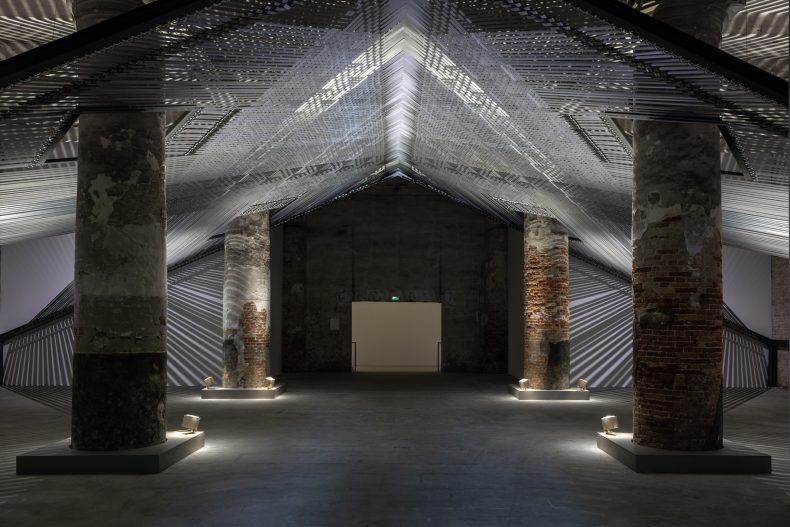
In a tumbledown outhouse in a garden beyond the last great warehouse of the Arsenale, Anna Maria Maiolino’s Ao Finito (‘To Infinity’, 1994/2024) consoles us as we depart this realm with the suggestion that dead matter is no such thing. Maiolino has dressed a great central table and high shelves with repeating clay forms – long snaking cords, pods pocked with fingermarks, cubes, loops, spirals and granules. Unfired, all will eventually meld back into the living earth. The back wall is green with fronds of cedar. It feels crypt-like: a serene place of death. The Italian-born, Brazil-based artist’s voice whispers to us in sounds without language, offering a wordless incantation to send us on our way.
Both Mataaho Collective and Maiolino were recipients of this year’s Golden Lion awards – Mataaho as Best Participant, and Maiolino as one of two artists honoured for Lifetime Achievement.
Installation view of Ao Finito (‘To Infinity’, 1994/2004) by Anna Maria Maiolino at the 2024 Venice Biennale. Photo: Marco Zorzanello; courtesy La Biennale di Venezia
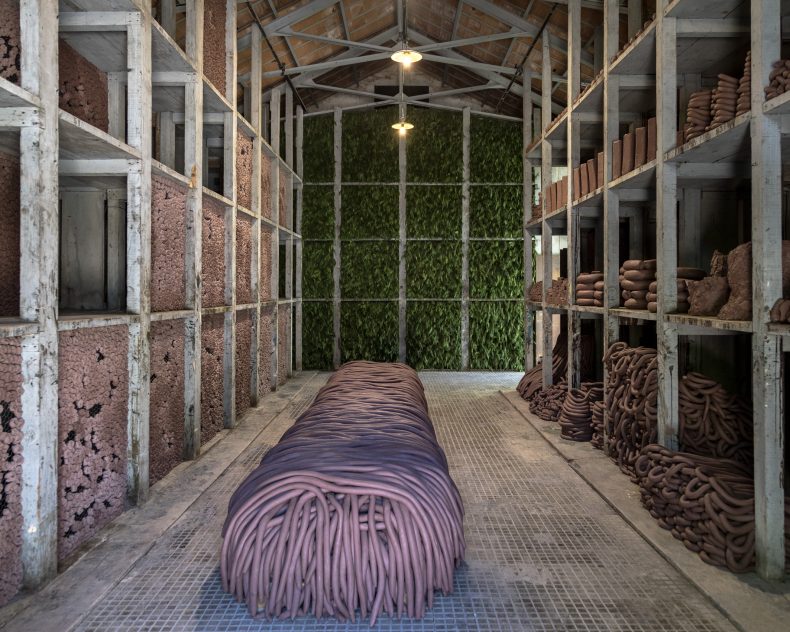
There is delight to be had in new discoveries. The dynamic large-scale paintings of father and son Santiago and Rember Yahuarcani draw on the mythology of the Uitoto Nation of Peru. Each has his own distinct style. Santiago’s tableaux of trial and torment are painted in natural pigments and acrylic on llanchama (barkcloth parchment). In delicately rendered acrylics, Rember creates a glowing night-time world of hybrid entities, in rainforest landscapes populated by ancestral spirits.
Dressed in the bridal finery of Sudan, his mother country, for the video Talitin (‘The Third’, 2023–24), Ahmed Umar performs sinuous wedding dances – coy, flirtatious, at times lavishly suggestive. Coruscating with heavy jewellery, swathed in beaded leather and crimson silk, Umar ornaments himself in a costume he associates with the womanly realm to which he was forbidden access once he reached puberty.
Installation view of Talitin (‘The Third’, 2023–24) by Ahmed Umar. Photo: Marco Zorzanello; courtesy La Biennale di Venezia
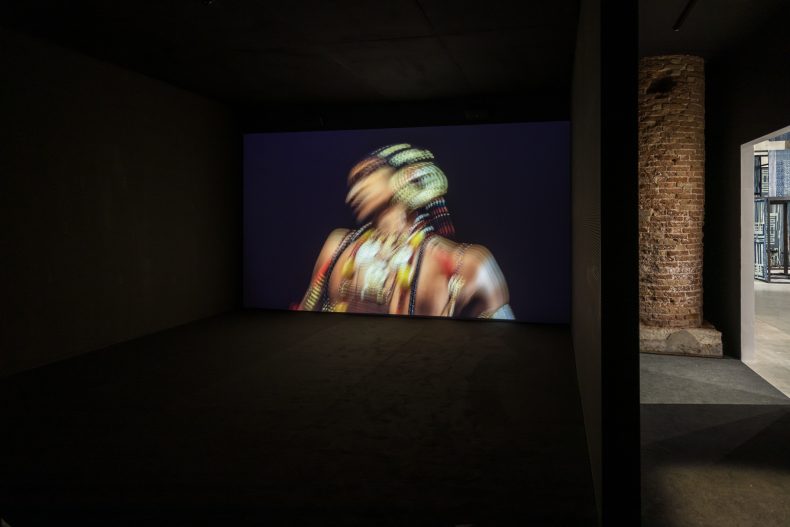
The weavings created by Claudia Alarcón and the collective Silat from the Wichí people of Argentina are painterly in their graphic verve and lush natural colouration. Yet these are extraordinary delicate things, loose and web-like, created with immaculate precision. In an exhibition rich in outstanding fibre art they feel extraordinarily fresh. As so often in this show, I am aware that I do not possess the language or insight to do justice to the work of Umar, Silat or the Yahuarcanis. This, too, is part of Pedrosa’s mission – pointing not only to the limits of western European art knowledge, but to the limits of our very ability to understand and interpret.
The choice to prioritise specific histories and the broader curatorial concept does not always serve the exhibition well. Seeded between the Giardini and the Arsenale are three historic displays. The first two make the case for plural modernisms expanding through the Global South with mixed (in all senses) displays of portraiture and abstract painting. As a curatorial concern this already feels well established, threading through exhibitions including ‘The World Goes Pop’ at Tate Modern in 2015, the Metropolitan Museum of Art’s ‘Surrealism Beyond Borders’ in 2021 and the Whitechapel Gallery’s ‘Action, Gesture, Paint’ in 2023.
Installation view of works from 2023 by Claudia Alarcón and Silät at the 2024 Venice Biennale. Photo: Mauro Zorzanello; courtesy La Biennale di Venezia
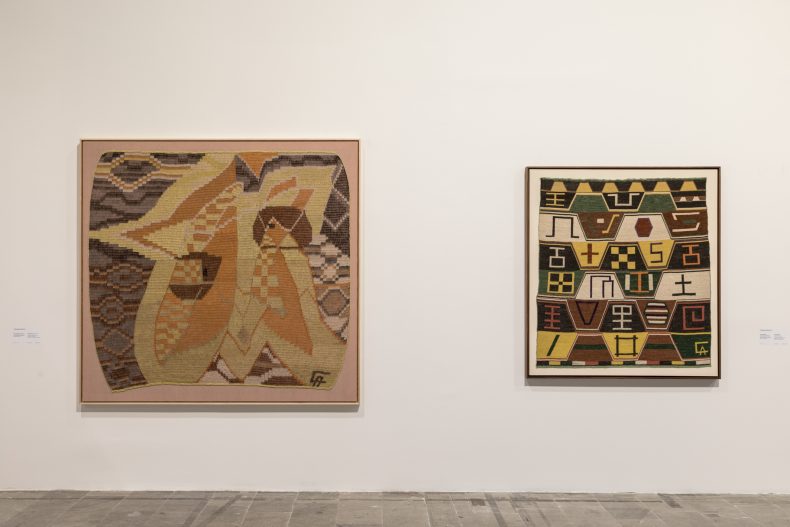
The third historic section, ‘Italians Everywhere’, recreates the bold scheme created by Lina Bo Bardi in her Brutalist design for the São Paulo Museum of Art (MASP, of which Pedrosa is artistic director). In Bo Bardi’s original design for MASP (recently restored by Pedrosa), paintings are irreverently suspended on sheets of glass moored by concrete blocks. All interpretative text is placed at the back of the work, allowing for an unmediated encounter.
Used as a concept here this is disingenuous, since to make sense of this display interpretative text is necessary. All 40 artists – like Bo Bardi herself – were born in Italy but migrated elsewhere. It is of course a politically laden gesture (Italy’s current hard-right government is progressively tightening laws around migration to the country) but it is not an entirely successful piece of exhibition-making. The visual clamour and high ceilings of the Arsenale make the glass easels look scrappy, which in turn does the paintings no favours. (The blow is felt, since many need all the favours they can get.)
Much has been made of Pedrosa’s inclusion of historic works, his display of artist families, and the pairings of hot young painters such as Giulia Andreani and Louis Fratino in response to artists of previous generations (Madge Gill and Filippo de Pisis respectively). I felt one of his most radical gestures to have been elsewhere. Bouchra Khalili’s outstanding multi-screen video The Mapping Journey Project (2008–11) is the spiritual core of ‘Foreigners Everywhere’. The premise is simple: each screen is positioned over a map across which a migrant traces their route into Europe with a black marker pen, while delivering a narration of the frustration, labour and hazard involved at each stage. It is both moving and mesmerising.
Installation view of The Mapping Journey (2008–11) by Bouchra Khalili at the 2024 Venice Biennale. Photo: Marco Zorzanello; courtesy La Biennale di Venezia
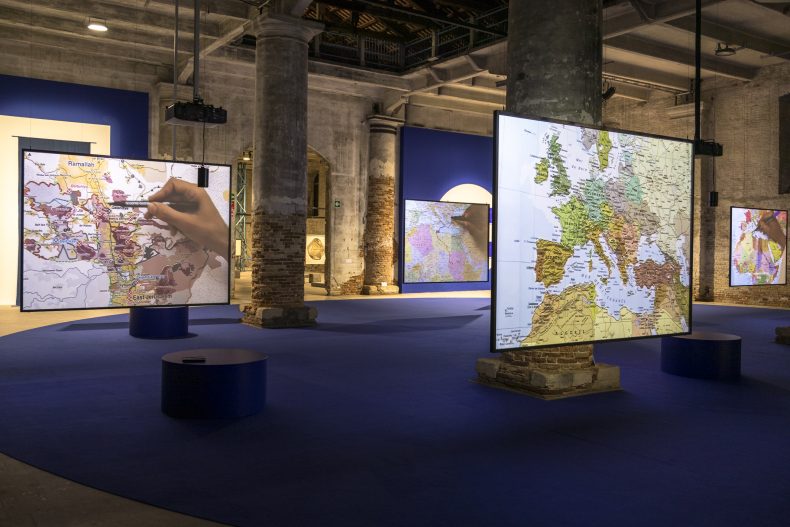
What strikes me as radical about the inclusion of The Mapping Journey Project is not its quality, but the date of its production. It is by now such common practice for biennials to be dominated by newly commissioned works that it seems never to bear mention. Yet artists are often paid little or no fee for participating in these prestigious exhibitions. It often falls to a commercial gallery to step in and pay for the production of work which they, in turn, will hope to sell to recoup their costs. Even then, it places huge financial stress on the artist. This has an impact on which artists are able to participate in biennials, and the kind of art that gets made for these events. It is also wasteful and unnecessary – there is much existing art that deserves a larger audience. Pedrosa should be congratulated for resisting this unsustainable practice. I hope he sets a precedent.
The 60th edition of the Venice Biennale runs until 24 November.

